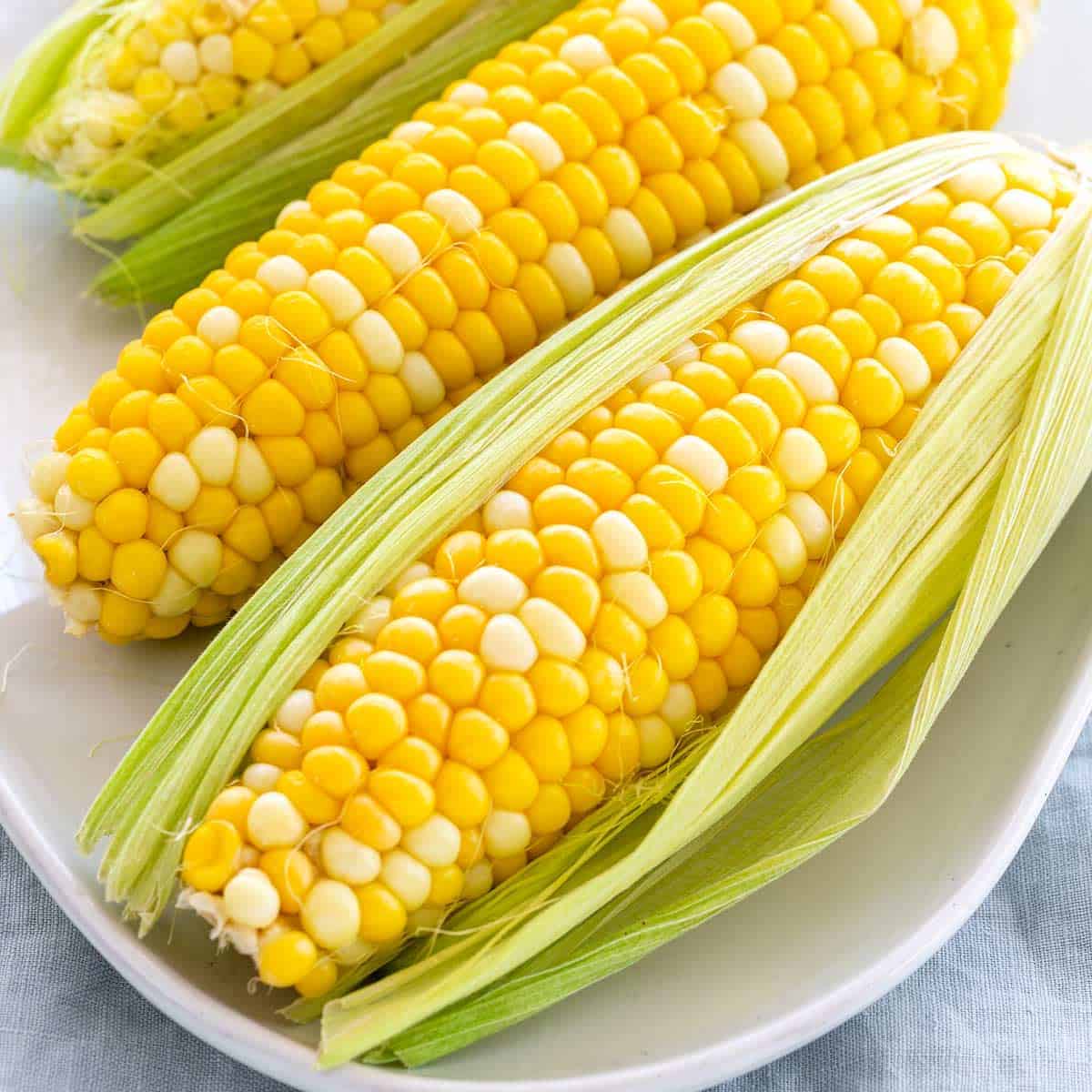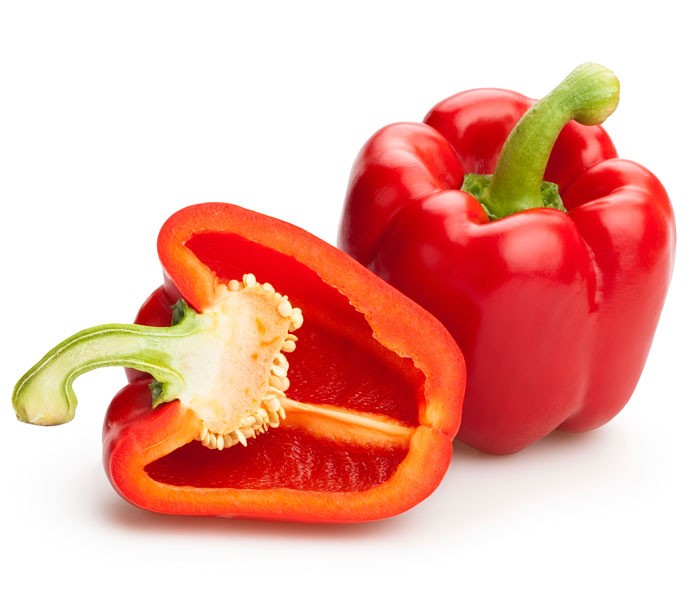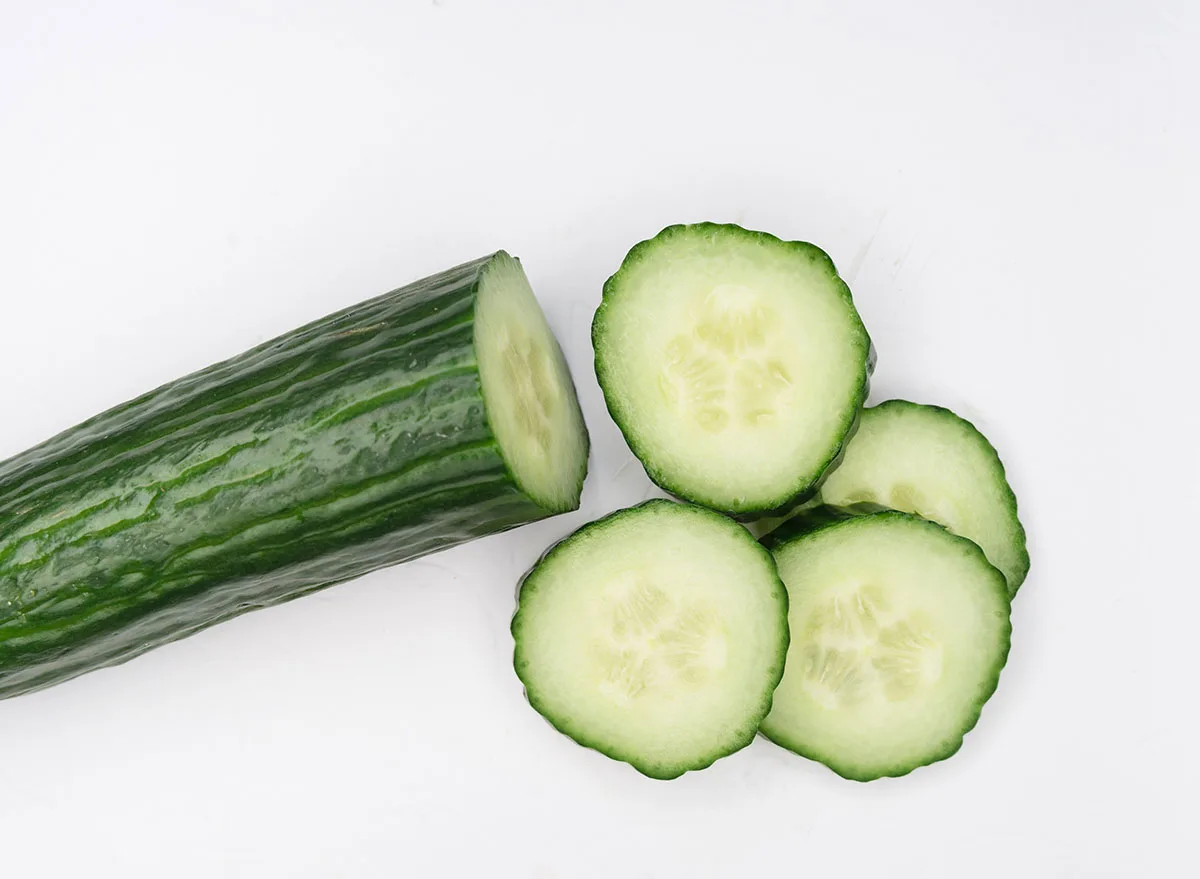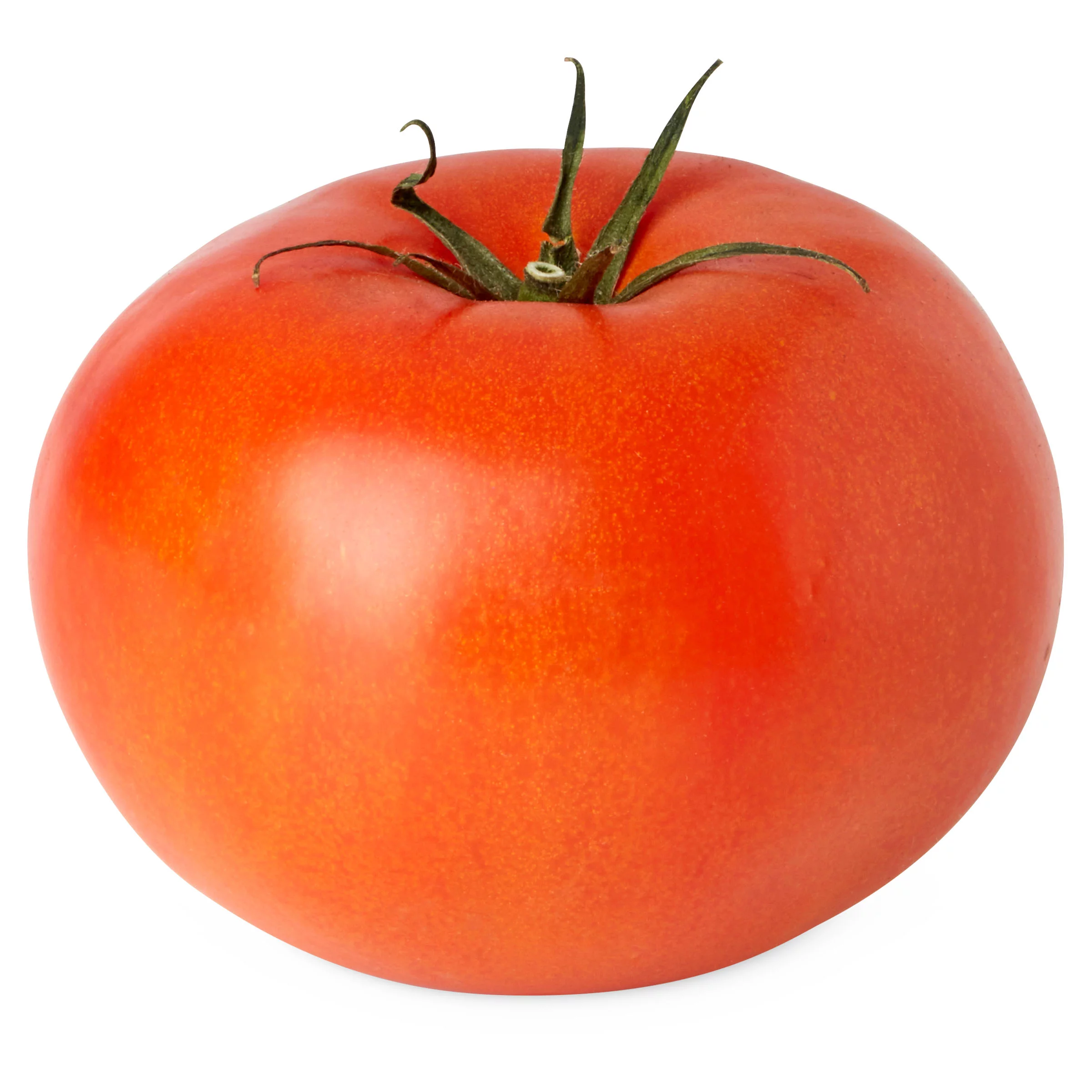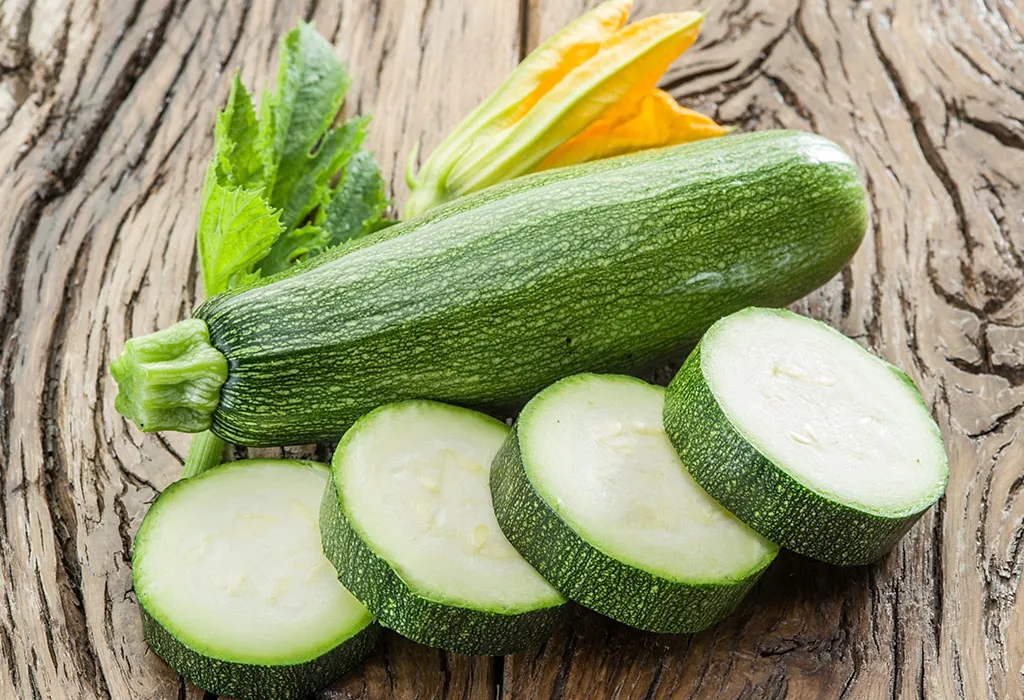Outdoor activities like hiking, camping, and boating are fun and a great way to boost your mood, take in some fresh air and get exercise along the way. In many cases, these activities last all day and involve preparing at least one meal. If the food is not handled correctly, foodborne illness can be an unwelcomed souvenir.
General Rules for Outdoor Food Safety
Plan ahead: decide what you are going to eat and how you will prepare it; then plan what equipment you will need.
Pack safely—use a cooler, or pack foods in the frozen state with a cold source.
Whether in the wild or the high seas, protect yourself and your family by washing your hands with soap and water or bring hand sanitizer that contains at least 60% alcohol before and after handling food.
Raw meats may contain bacteria, so keep raw foods separate from other foods.
Don’t bring perishable meat or poultry products without a cold source to keep them safe.
Bring disposable wipes, hand sanitizer or biodegradable soap for hand and dish washing.
If using a cooler, leftover food is safe only if the cooler still has ice in it. Otherwise, discard leftover food.
Food Safety While Hiking and Camping
As you venture out to enjoy the sights and sounds of nature, it’s important to plan your snacks and meals based on whether you’ll be out for a few hours or several days. One meal and some snacks are all you’ll likely need for a short hike but planning meals for a longer hike or camping trip requires more thought.
Back pack weight is often top-of-mind for hikers and campers, who will be choosing food and supplies that are light enough to carry over long distances. But even expert outdoors enthusiasts may forget about food safety as they plan their adventure.
Hot or Cold?
The first principle is to keep foods either hot or cold. It is difficult to keep foods hot without a heat source, it is best to transport chilled foods. Refrigerate or freeze the food overnight before you depart. For a cold source, bring frozen gel-packs or freeze some boxed drinks. The drinks will thaw as you hike and keep your meal cold at the same time. Most bacteria grow rapidly between 40℉ and 140℉. This is known as the temperature danger zone. Bacteria can reach dangerous levels after 2 hours. Your goal is to keep food out of the temperature danger zone.
If you are “car camping” (driving to your site), you have a few more options. You have the luxury of bringing a cooler. Pack foods in reverse order. The first foods packed should be the last foods used. Take foods in the smallest quantity needed.
Keep Everything Clean
The second principle is to keep everything clean. Bacteria present on raw meat and poultry products can be easily spread to other foods by juices dripping from packages, hands, or utensils. This is called cross contamination. When transporting raw meat or poultry, double wrap or place the packages in plastic bags to prevent juices from the raw product from dripping on other foods. Always wash your hands before and after handling food, and don’t use the same platter and utensils for raw and cooked meat and poultry. Soap and water are essential to cleanliness. If you are going somewhere that will not have running water, bring your hand sanitizer or alcohol disposable wipes.
Safe Potable Water
Do not depend on fresh water from a lake or stream for drinking, meal preparation or cleaning, no matter how clean it appears. Bring bottled or tap water for consumption and to help in cleaning. Always start out with a full water bottle and replenish your supply from tested public systems when possible.
Cooking at the Campsite
After you have decided on a menu, consider how you will prepare the food. You’ll want to take as few pots as possible. Camping supply stores sell lightweight cooking gear that nest together. You can also use aluminum foil wrap and pans for cooking. Decide in advance how you will cook. Many camping areas prohibit campfires, so check first to ensure the food you bring can be properly prepared and will be safe to eat. Another important piece of camping equipment is a food thermometer. If you are cooking meat or poultry on a portable stove or over fire, you’ll need a way to determine when it is done and safe to eat. Color is not a reliable indicator of doneness, and it can be especially tricky to tell the color of a food if you are cooking in a wooded area in the evening. Do your homework and know your cook temperatures before cooking.
Food Safety While Boating
Keeping food safe for a day on a boat may not be quite as challenging as for a hike, but when you are out on the water, the direct sunlight can an even bigger food safety problem. Remember the temperature danger zone is between 40℉ and 140℉. Bacteria multiply rapidly at warm temperatures and food can become unsafe if held in the temperature danger zone for over 2 hours. Above 90℉, food can be dangerous after only 1 hour. In direct sunlight, temperatures can climb even higher than that. Bring along plenty of ice, and keep the cooler shaded or covered with a blanket.
Safe Foods for Hiking, Camping and Boating
Choose the foods that best fit your outing. No matter what----BE FOOD SAFE!
Pre-packaged, shelf stable meals
Peanut butter in plastic jars
Concentrated juice boxes
Canned tuna, ham, chicken, and beef
Dried noodles and soups
Beef jerky and other shelf-stable meats
Dehydrated foods
Whole or dried fruits
Nuts
Powdered milk and fruit drinks
FDA website


